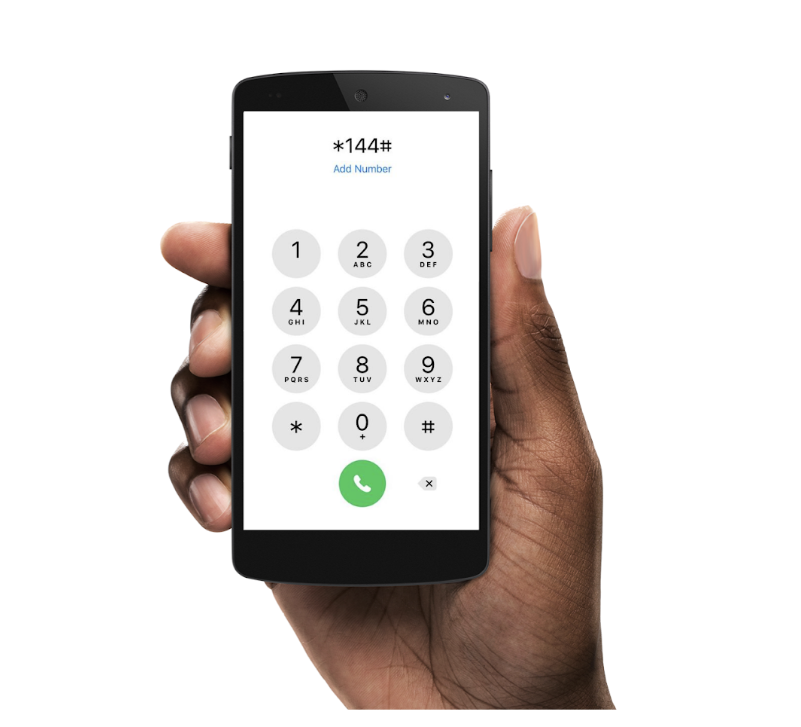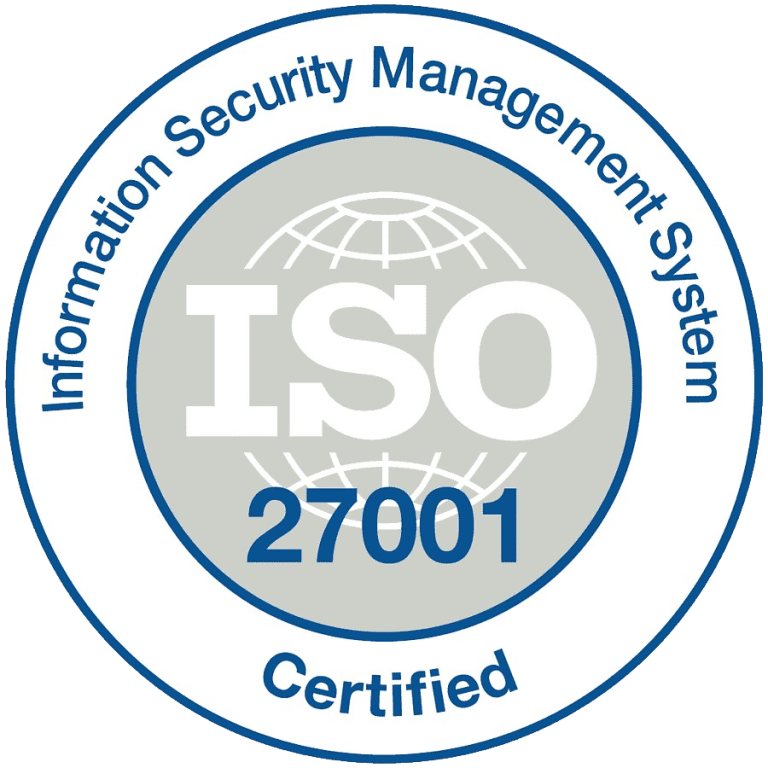Integrating USSD can significantly increase your application’s usability and reach, particularly in areas with low internet penetration but high mobile phone usage.
GSM phones employ Unstructured Supplementary Service Data (USSD) to connect to the mobile network operator’s servers. USSD is frequently utilized for several services, including mobile banking, balance checks, and other financial activities, especially in regions like Kenya, Ghana, Nigeria, Uganda, and Tanzania.
This article will take you through the entire process of integrating USSD with your application, from comprehending the fundamentals of USSD to putting it into practice and testing it.
Integrating USSD: USSD vs. SMS
The primary distinction between integrating USSD and SMS is that the former is a session-based protocol that enables interactive information transmission.
Furthermore, USSD is a session-based protocol, and users can communicate from their mobile devices without being online. Also, SMS is a more straightforward form of sending or receiving one-way messages that may not always happen instantly. Also, unlike SMS, USSD sessions do not save messages on the device.
Integrating USSD: Producing USSD codes
Developing USSD codes for custom applications entails working with mobile network providers to obtain a code that consumers must dial to utilize your service.
The procedure may differ based on the national regulations and particular needs of each nation, including Kenya, Ghana, Nigeria, Uganda, and Tanzania.
Integrating USSD: Understanding USSD
Using text messaging, users can communicate instantly and directly from their mobile phones with USSD, a session-based communication protocol.
However, integrating USSD establishes a connection during a session, making a more responsive user experience possible than SMS. Dialling a specific shortcode, such as *123#, which often begins with an asterisk (*) and ends with a hash (#), will initiate a USSD session.
The 4 advantages of integrating USSD
The advantages of integrating USSD include:
Broader reach:
USSD is available to a wider audience because it can be used on any GSM phone and does not require internet access. Also, it opens it up to a wider audience, which is especially helpful in developing countries with a high mobile phone adoption rate but limited internet connectivity.
Cost-effectiveness:
Compared to SMS and data-based communications, USSD sessions are typically less expensive, making them a cost-effective option for both service providers and customers.
The cost-effectiveness of USSD makes offering services to a large user base attractive.
Immediate interaction:
USSD sessions are instantaneous, enabling speedy and effective interactions, in contrast to SMS, which sometimes has lags.
Simplicity:
USSD codes are perfect for quick transactions because they are easy to use.
What is USSD used for?
USSD is extensively utilized in markets such as Kenya, Ghana, Nigeria, Uganda, and Tanzania for a variety of services, such as:
- Payment and banking services on mobile devices.
- Checking balances and topping off airtime.
- Customer support centres that use interactive voice response (IVR) technology.
- Information about health and education is accessible.
Integrating USSD: Developing a USSD application
- Conceptualization: Specify the target audience, features, and goal. Think about the specific needs of your industry or area and how your application will fulfil them.
- Choosing technology: Select the programming language that works best. PHP is frequently suggested because of its broad compatibility and ease of development; nevertheless, Java or Python might be more appropriate for more complicated projects.
- Development and testing: For the program to function correctly, code, integrate with web services, and do extensive testing. The price of developing a USSD app can vary; basic applications usually start at a few thousand dollars, and the cost goes up with the application’s complexity and capabilities.
- Launch and maintenance: Following the launch, ongoing oversight and improvements are necessary to rectify any problems and enhance the user experience in response to user input.
Requirements for integrating USSD
Before integrating USSD into your application, you should think about the following requirements:
- USSD gateway: This is a service that enables communication between your application and the mobile network provider’s USSD platform. The telecom operator’s network and your application are connected through the USSD gateway.
- Shortcode: A special code issued by the mobile network operator that users must dial to access their USSD service. Shortcodes are necessary to recognize and direct USSD sessions to the appropriate application.
- API access: Your application must use the service provider’s APIs to communicate with the USSD gateway. The API facilitates message exchanges between your application and the USSD gateway, enabling smooth communication.
A comprehensive step-by-step guide on integrating USSD
The steps for integrating USSD include:
Configuring the USSD gateway
The choice of a USSD gateway provider is the first step. Numerous telecommunications carriers and other vendors provide USSD gateway services. Consider their cost, dependability, and coverage when evaluating them. After selecting a provider, you must:
- Register for the service: Choose a provider and sign up for the USSD gateway service. The procedure usually involves providing specifics about your application and the use cases you have in mind.
- Get a shortcode: Ask the mobile network provider for a unique shortcode. Users will use this shortcode to get into your USSD service.
- Obtain API documentation: To integrate your application with the provider’s USSD platform, you must obtain their API documentation. The documentation will include information about message formats, authentication, and endpoints.
Creating the USSD menu design
For a smooth user experience, creating a USSD menu that is both intuitive and easy to use is essential. Remember the following:
- Simplicity: Menus ought to be clear-cut and straightforward to use. Avoid complicated options and speak simply and succinctly when guiding customers through the process.
- Hierarchy: To reduce user confusion, arrange options in a coherent hierarchy. Assemble relevant options in a group and ensure the most used services are readily available.
- Character limit: Keep your communications brief, as USSD messages have a character limit of 182. Ensure every menu item is distinct and easy to understand within the character restrictions.
An example of a USSD menu
- Verify the balance
- Money Transfer
- Purchase Airtime
- Exit
In the example above, customers can instantly check their balance, transfer money, or purchase airtime by choosing the appropriate option. Offering an exit option enables customers to terminate the session whenever they choose.
Creating the backend
The backend of your application will manage the logic for handling USSD requests and responses. Here’s a simplified flow:
- Receive request: Gather user input from the USSD gateway, including the session ID, service code, phone number, and text entered by the user.
- Process request: Verify the user’s input and perform the required actions (e.g., transferring money, verifying balance). Apply the business logic to each menu item so that appropriate responses are given.
- Send response: Return a response to the user over the USSD gateway. Ensure the answers are given promptly and clearly outline what must be done next.
Configuring the USSD gateway API integration
Refer to their API documentation to integrate your backend with your USSD gateway provider’s platform. This usually entails configuring the endpoints to which the gateway will make calls during a USSD session. Make sure you manage:
- Session management: Maintain session states to track user interactions. Use session IDs to manage and identify each session individually.
- Error handling: Gently address any mistakes and give users insightful feedback. Use reliable error-handling procedures to handle erroneous inputs, network problems, and other mistakes.
Examining your application for USSD
Test your USSD application extensively before launching it to ensure everything functions as it should. Test cases should certainly include:
- Functionality: Check that every menu item and transaction function as intended. Make sure the backend logic correctly interprets and responds to user input.
- Usability: Make sure the USSD menu is simple to navigate and comprehend. Conduct user testing to get input on the menu layout and general user experience.
- Error scenarios: Examine how your program responds to different types of errors and incorrect inputs. Simulate various fault circumstances to ensure your application can handle errors gracefully and give users insightful feedback.
Launching and monitoring
You can go live after testing ends and are happy with the performance. After launch, watch for any problems with your USSD service and collect user input for continuous improvements, like:
- Session success rate: The proportion of finished sessions that were successful and without problems. Monitor this indicator to spot and fix any issues that could degrade the user experience.
- User engagement: Frequency of sessions and the number of unique users. Monitor user activity to see patterns and learn how often people use your service.
- Error rates: The frequency and kinds of errors that users experience. Examine error rates to find recurring problems and apply solutions to raise the overall dependability of your service.
Conclusion
Integrating USSD can increase your application’s usability and reach, especially in areas with poor internet connectivity. Follow the steps listed in this guide.
Users can have a smooth and efficient USSD experience, which increases user engagement and creates additional avenues for your company to market to a larger audience.
With continuous monitoring and user feedback, you can enhance and modify your USSD service to satisfy changing customer demands and expectations. When done correctly, USSD integration can improve your application, promote user happiness, and promote commercial expansion.





